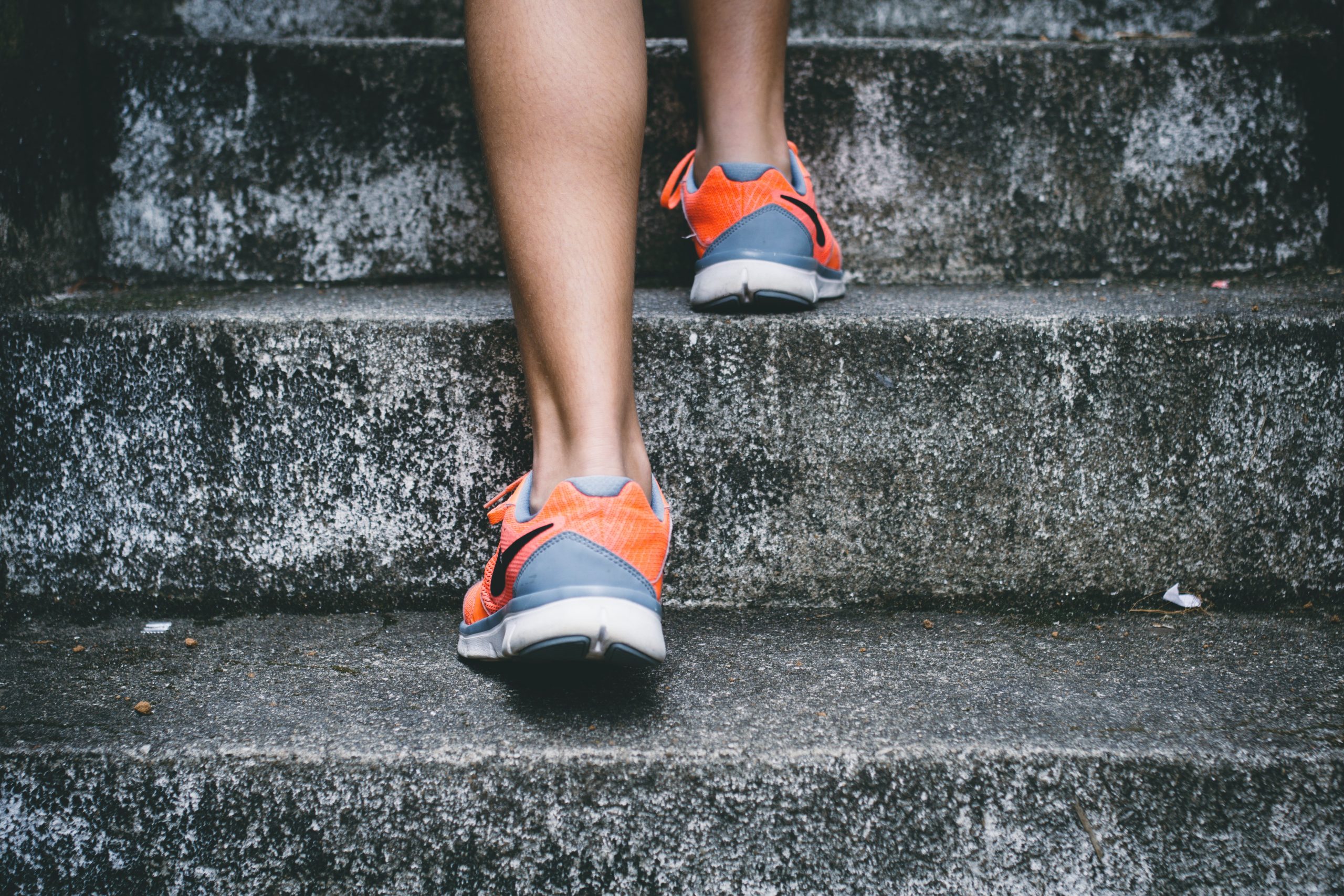Most of us are no stranger to anxiety, having experienced it in one of its various forms at some point in our lives. And the last two years have certainly not helped the situation! So, with anxiety on the rise, what can be done to help reduce symptoms?
Currently the main treatment options include medication and/or cognitive behavioural therapy (CBT), which can be really helpful for some people. However, these treatment options are not always effective, with up to one third of people not responding to treatment. And, medication and CBT can be expensive and therefore not accessible for everyone. Enter physical activity! (Please note, I am not suggesting you stop your medication or therapy and rely solely on physical activity to manage your anxiety).
Physical activity is a low cost, accessible treatment option. It can also be used in conjunction with medication and CBT to help reduce symptoms further. What’s more is people who do not meet the physical activity recommendations are 32% more likely to experience an anxiety disorder. Getting adequate physical activity can not only help reduce symptoms but also reduce your risk of developing anxiety.
How can physical activity help?
There are a number of ways that physical activity can help to reduce anxiety, however the exact mechanism has not yet been found. And in all honesty, it may not be found, it may vary based on the individual, or it may be a combination of mechanisms. Either way, the benefits are still there!
Anxiety and physical activity can often produce very similar responses in the body, for example, shortness of breath and increased heart rate. So, one of the ways physical activity can help reduce anxiety is by encouraging people with anxiety to associate these negative symptoms with the more positive experience of physical activity. Reduced self-esteem and poor self-confidence are often a part of the anxiety picture, and one of the aims of utilising physical activity as part of treatment is to promote and encourage self-efficacy (belief that you are capable of achieving a goal) and improve self-confidence.
Anxiety and stressful situations can increase your blood pressure, but one study found that doing some aerobic exercise before completing a stressful task actually reduced blood pressure! So before your next big meeting or exam, take time to get outside and go for a walk.
Apart from reducing blood pressure, physical activity can improve cardiorespiratory fitness which is vital for cardiovascular health. Anxiety is associated with increased cardiovascular risk factors (e.g. high blood pressure) and a higher rate of cardiovascular disease. The current treatment options can’t address these increased risk factors or improve cardiorespiratory fitness, whereas physical activity can.
What type of physical activity should I do?
There is currently no consensus on what type of physical activity is the best, however the research is suggesting that aerobic exercise may be more beneficial than resistance training. But in saying that, any kind of physical activity is beneficial and is better than nothing.
A great place to start is by using the physical activity guidelines. These recommend adults are active most days, accumulating 150 – 300 minutes of moderate intensity activity each week. I know that sounds like a lot! But, if broken down into smaller chunks, it equates to roughly 20 – 40 minutes of exercise each day. More manageable, right?! Find something you enjoy doing, be it, dancing, skipping, yoga, walking, Pilates or swimming. Bottom line, any sort of movement can be beneficial.
Physical activity can be an easy and effective way to reduce anxiety symptoms and is safe to used alongside medication and CBT. Anxiety is complex and no one treatment is going to be right for everyone. To find out how I can support you, book your free 15 minute chat today.
References:
Kandola, A., Vancampfort, D., et al. (2018). Moving to Beat Anxiety: Epidemiology and Therapeutic Issues with Physical Activity for Anxiety. Current Psychiatry Reports, 20:63. https://doi.org/10.1007/s11920-018-0923-x
Ramos-Sanchez, CP., Schuch, FB., et al. (2021). The anxiolytic effects of exercise for people with anxiety and related disorders: An update of the available meta-analytic evidence. Psychiatry Research, 302: 114046. https://doi.org/10.1016/j.psychres.2021.114046
Stubbs, B., Koyanagi, A., et al. (2017). Physical activity & anxiety: A perspective from the World Health Survey. Journal of Affective Disorders, 208 (2017). https://dx.doi.org/10/1016/j.jad.2016.10.028
Australian Government Department of Health. (2021). Physical activity & exercise guidelines for all Australians. https://www.health.gov.au/health-topics/physical-activity-and-exercise/physical-activity-and-exercise-guidelines-for-all-australians




